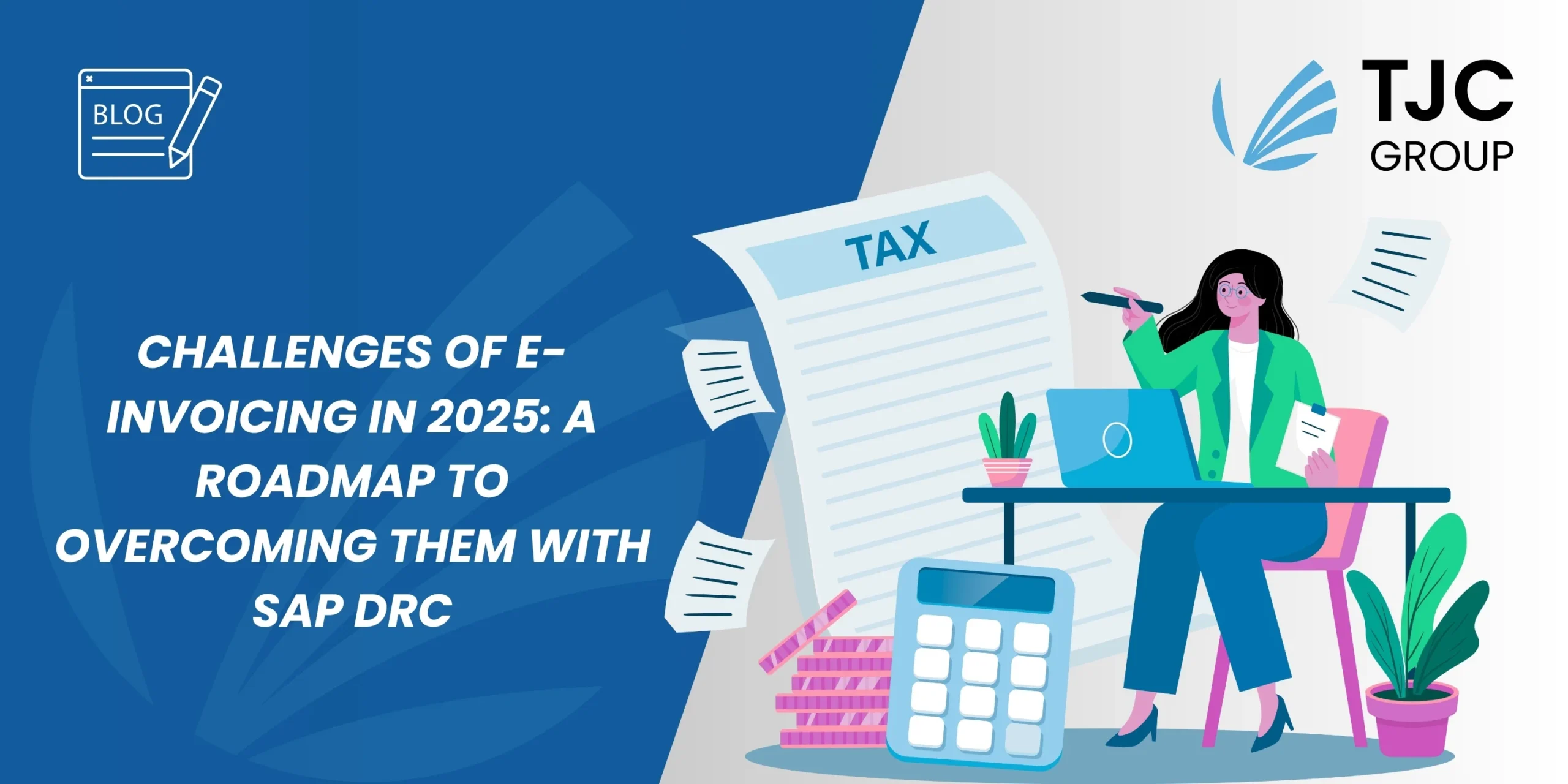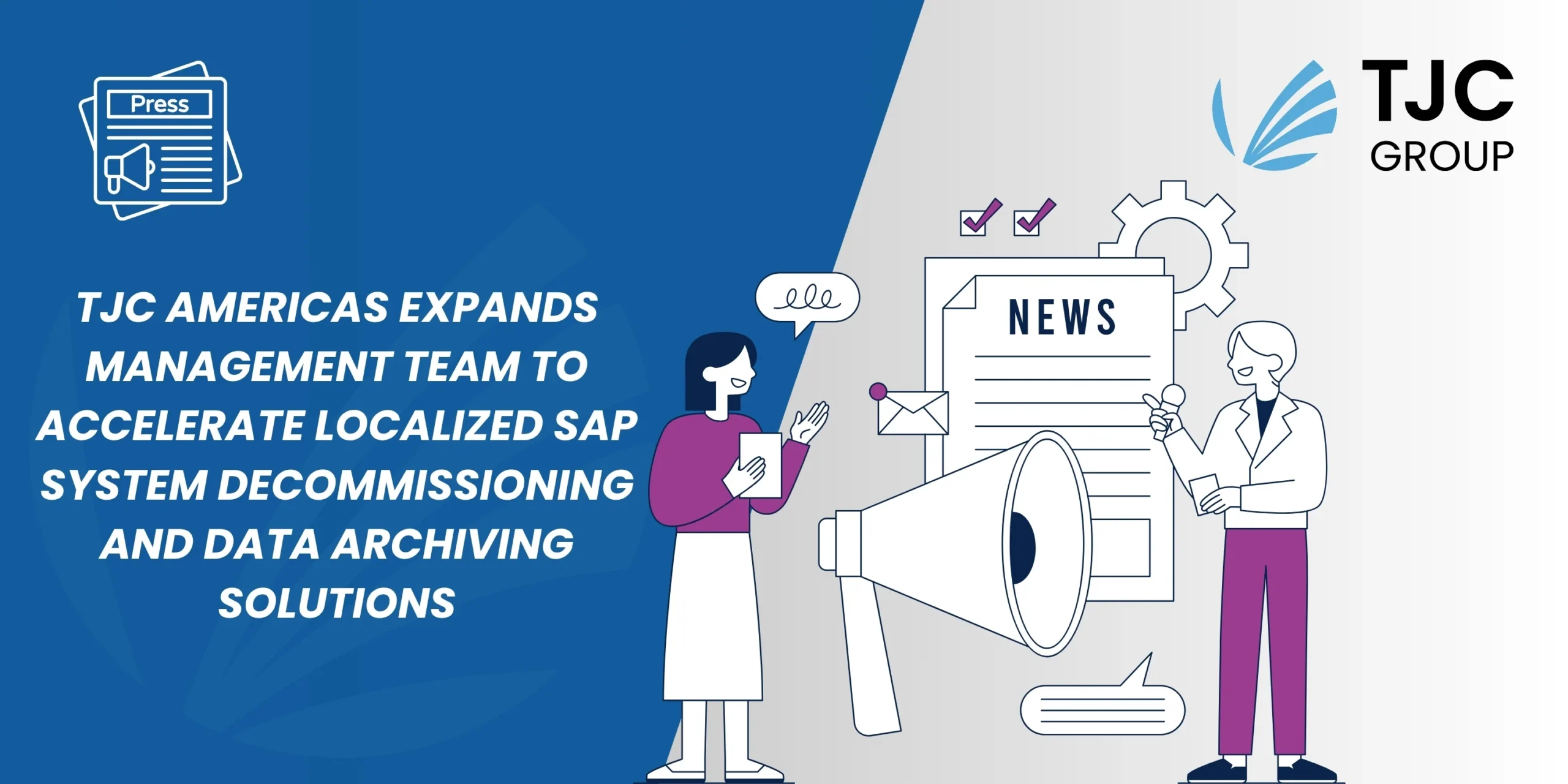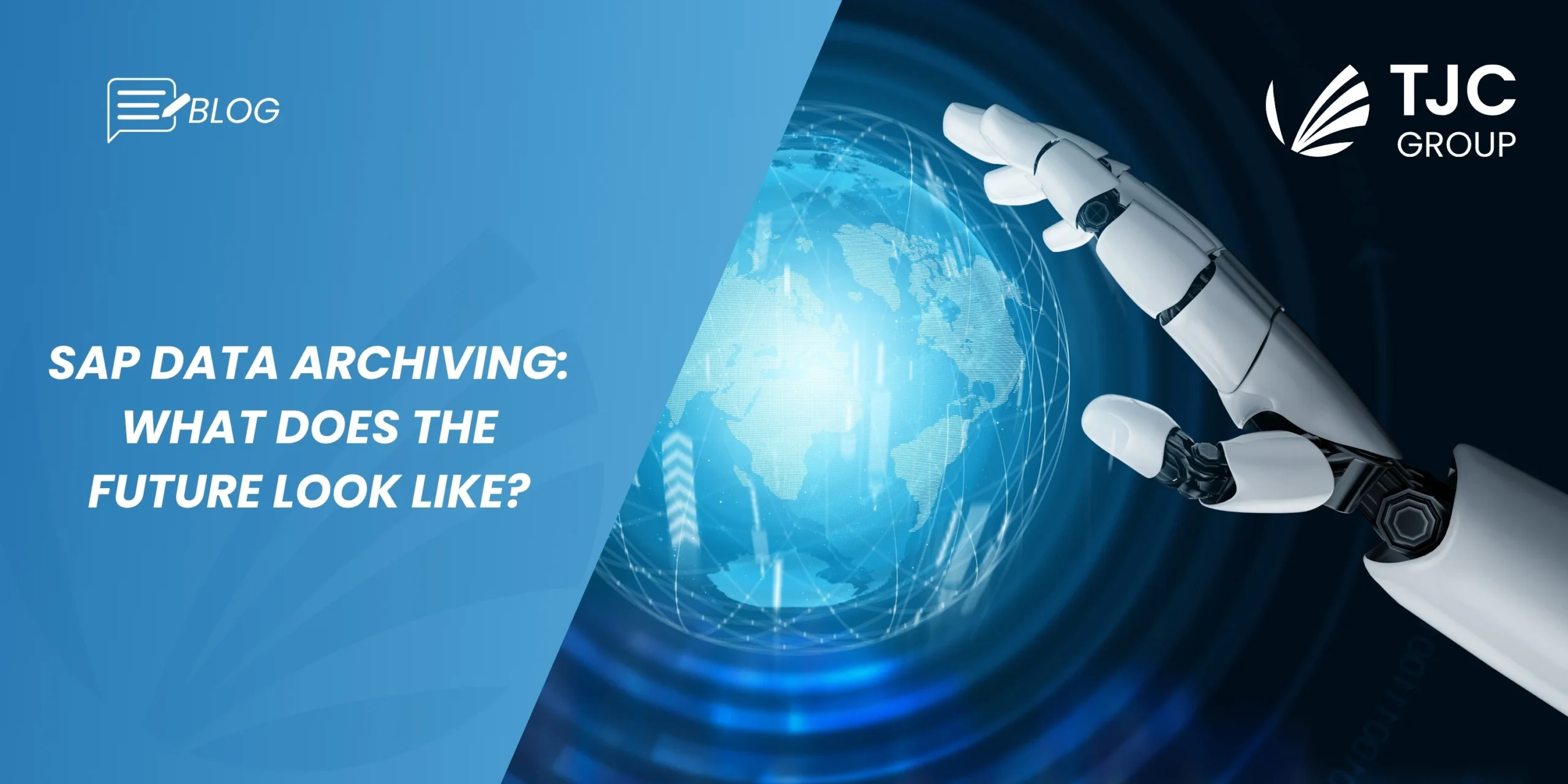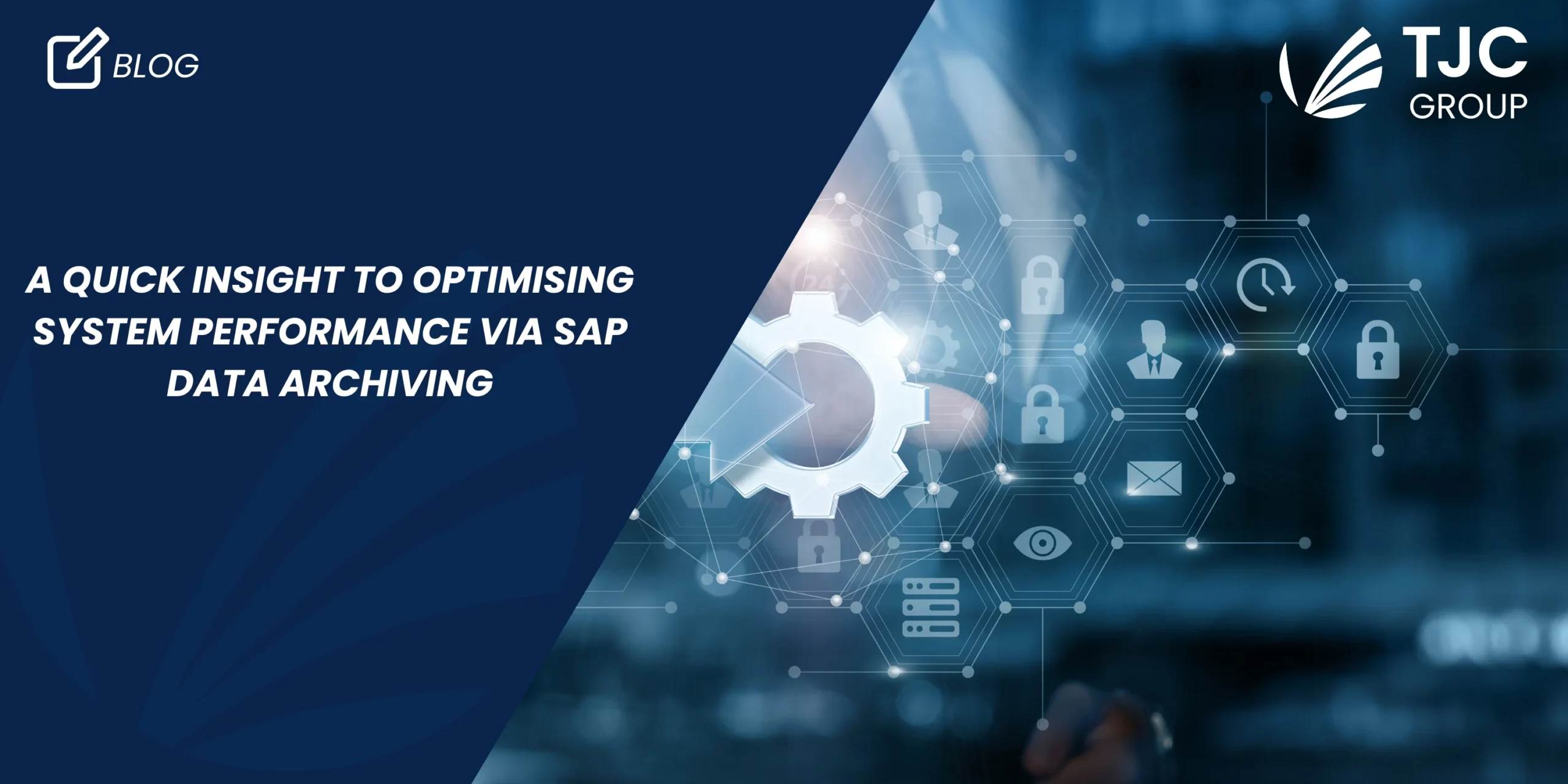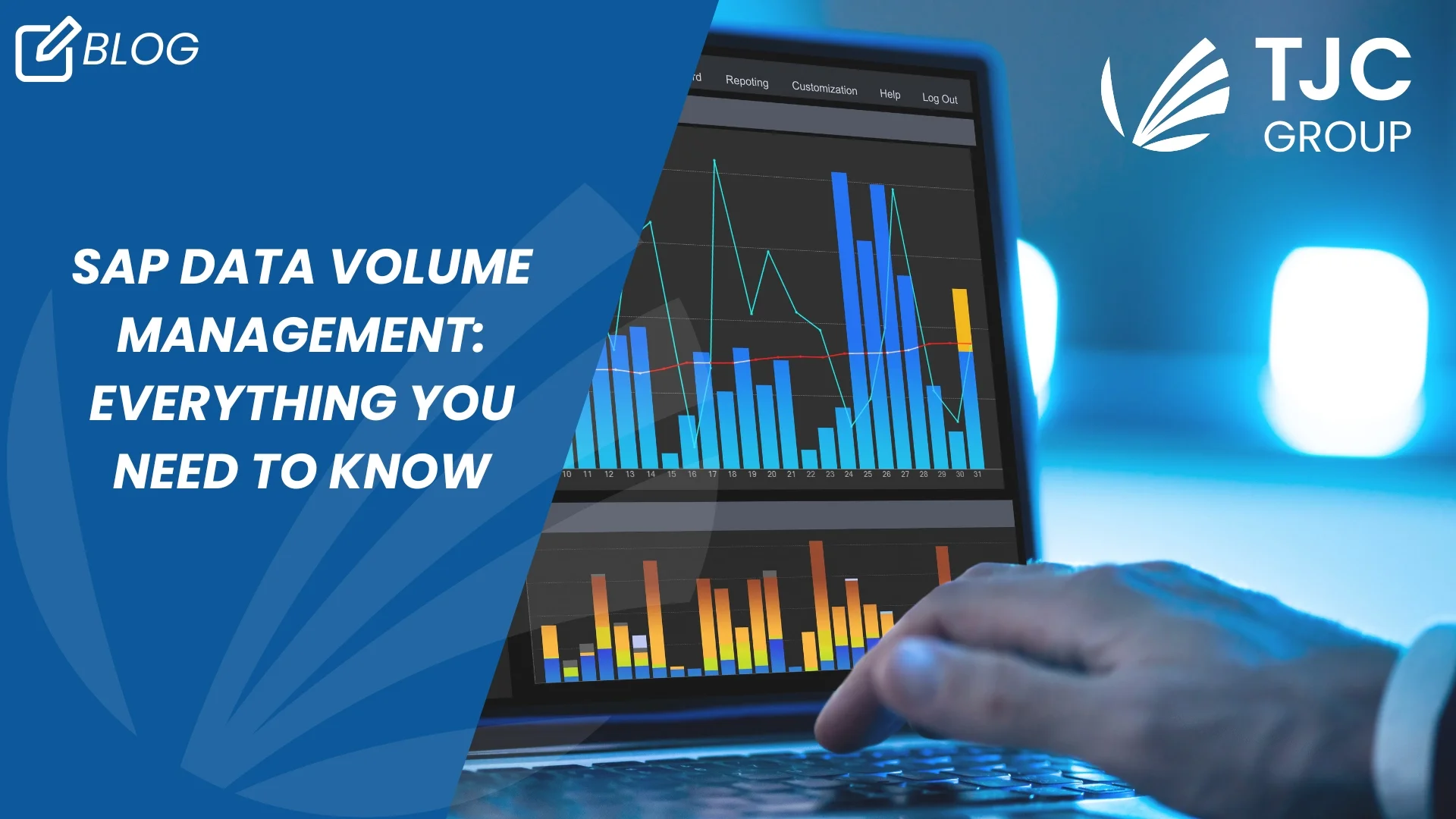This article outlines some of the important data management activities that should be on Chief Technology Officers (CTO) agendas, including migration to S/4 HANA, cybersecurity and understanding the value of compliance automation.
Relentless change
Change comes in many forms for business and IT leaders across all industries, but one thing is constant – change keeps happening and the pace and breadth of change keeps intensifying. Leadership experts describe the current business environment as VUCA – volatile, uncertain, changeable and ambiguous. Geopolitical events, market forces, changing consumer behaviour and commodity price fluctuations have all put various pressures on the decision-makers tasked with leading organisational change.
In addition to challenging macro-economic conditions, technology continues to evolve very rapidly and the Covid pandemic has accelerated the speed of adoption to new, cloud-based ERP solutions. Migrating to SAP S/4HANA is a good example of the significantly increasing levels of challenge faced by CTOs who are typically tasked with managing these complex change projects. What are the key characteristics of a successful CTO? How should they prepare for the many hurdles involved with migrating to S/4 HANA?
Today’s CTO is a technical expert as much as they are business strategist. They need diverse skills to build business roadmaps and lead their technical teams towards aligning technological innovation with wider company vison. As a key part of the C-Suite, CTOs are important decision makers, with 75% now heavily involved in business strategy and decision-making, identified in a recent McKinsey study.
1. Spearheading S/4HANA Migration
It is not surprising that CTOs play such an important role in their organisations. According to Gartner, 87% of senior business leaders say digital transformation, of which the migration to S/4 HANA is an example, is a priority. Migration to S/4 HANA brings with it some specific data management challenges that CTOs should be aware of to help minimise long term TCO and contain future data volume growth rates. Storage costs for S/4 HANA are significant and every year of unchecked data growth means these costs will increase. Have a look at this article about the effect of doing nothing with data volumes and how this will affect IT budgets for S/4HANA migration:
2. Sealing off the company systems with impermeable cybersecurity
Hand in hand with digital transformation comes cybersecurity, one of the biggest threats facing CTOs. Today, the concern is less about if a cyberattack will occur – because it most likely will – and more about ensuring early detection, minimising disruption or data privacy breaches when the organisation is compromised. Combating this means investing in a cyber resilient, ringfenced data infrastructure that spans both legacy and current systems, which can be restored almost instantly, with no loss of security. It also requires a tight handle on data volume management, to minimise the amount of data available to be compromised.
Data retention strategy needs to conform to General Data Protection Regulations (GDPR) and the right to be forgotten. This means personal data relating to EU individuals must not be held beyond a set time period if it is no longer justifiable. Things can become complicated when commercial and personal data resides in tandem on SAP legacy systems and a redaction project is required.

3. Driving digital innovation and automation
Whereas in the past, being a CTO was a back-office role, today it’s right at the forefront of organisational change. CTOs have to oversee digital innovation whilst at the same time, have to simultaneously ensure existing operations are running efficiently for all users – internal and external. It’s a role that is as central to the success of a business as the CFO and COO.
The role of CTO can vary immensely, some companies require their CTOs to be relatively hands on, but in all instances, it’s highly strategic. It’s the CTOs remit to identify innovative new technology and to drive value from its adoption within their companies. Cloud and database technology has continued to evolve in recent years and is now ubiquitous. The strategic responsibilities that accompany the CTO role have expanded. Technology is ubiquitous and spans the entire organisation, with data – and data management – a key CTO requirement.
Understanding the potential advantages of automating routine compliance activities, like generating fiscal reports including SAF-T and DART from SAP, can save IT resources from working on mundane activities. Instead of the IT team having to compile these complicated reports, they could be adding value elsewhere in the business, leaving report generation to be handled by automated tools. A good CTO will be horizon scanning regularly and aware of how automated data management solutions can be applied to improve resource utilisation.
The career ladder: from CTO to CEO
Looking ahead, advanced technology is now so critical to business success that some leadership experts believe CEOs could ascend to this top position after a tenure as CTO. Just as a few decades earlier, the traditional career trajectory was CFO to CEO. Times are changing rapidly.
Being successful as a CTO today requires advanced strategic skills, perhaps even more so than having a strong technical background. The CTO needs to combine a good understanding of how transformation solutions like SAP S/4 HANA can add value, with the vision of what is needed to apply that technology for future competitive differentiation.
Sources of information:
- Forbes, How the pandemic has accelerated cloud adoption.
- Gartner, The IT Roadmap for Digital Business Transformation. https://www.gartner.com.
- McKinsey. The Recovery will be digital.





